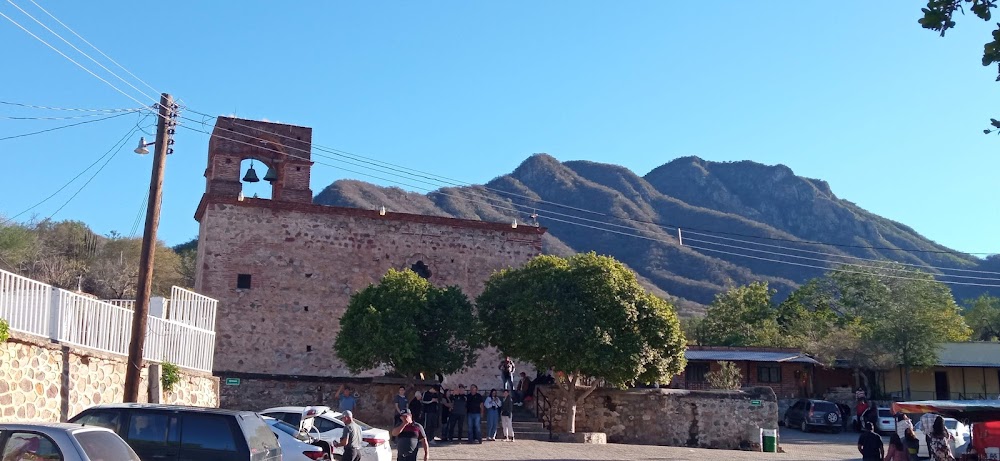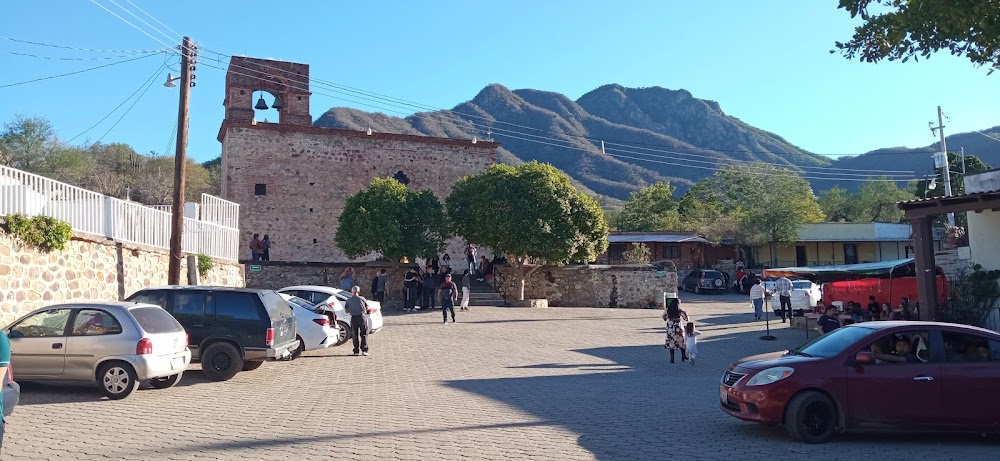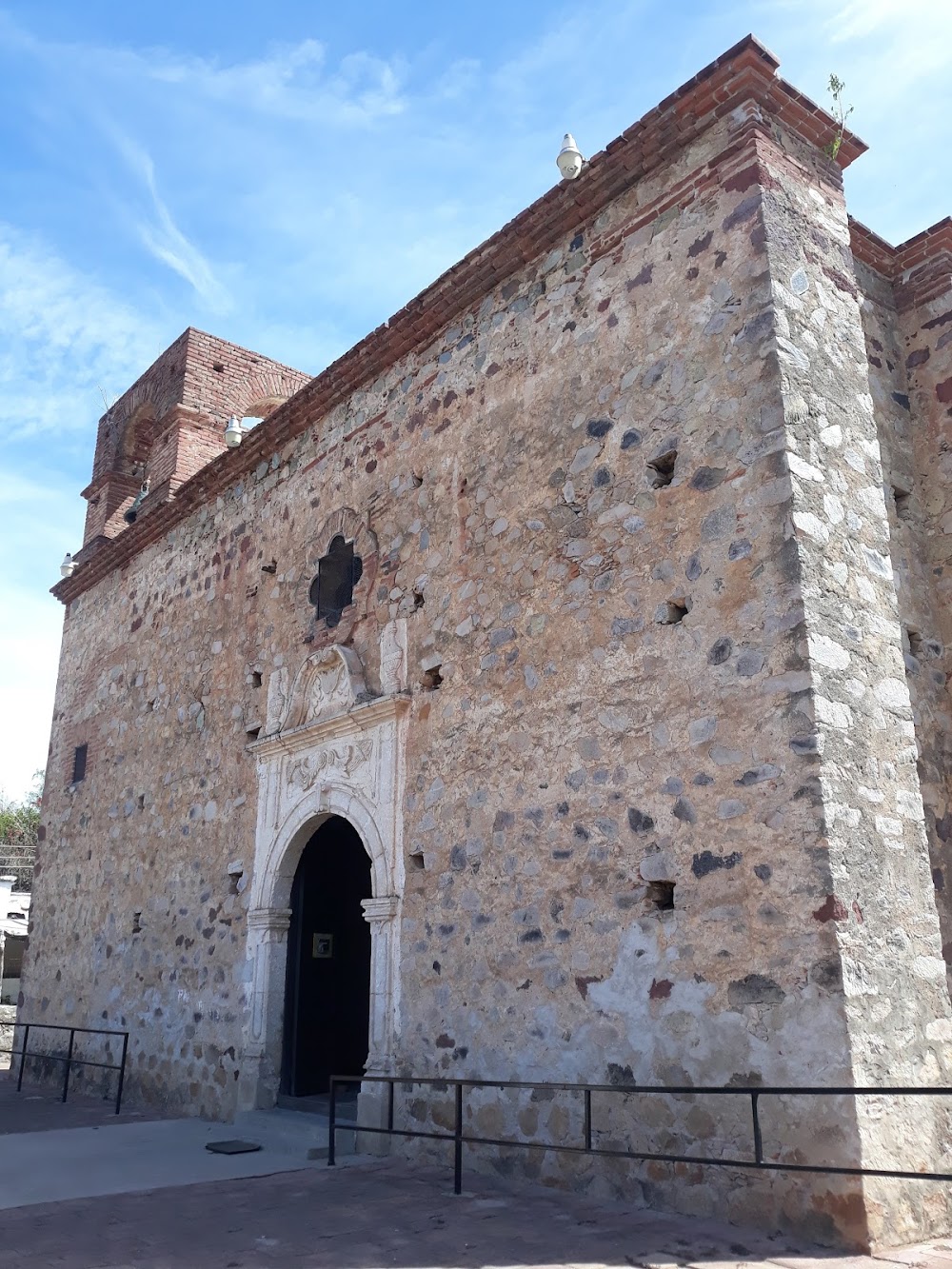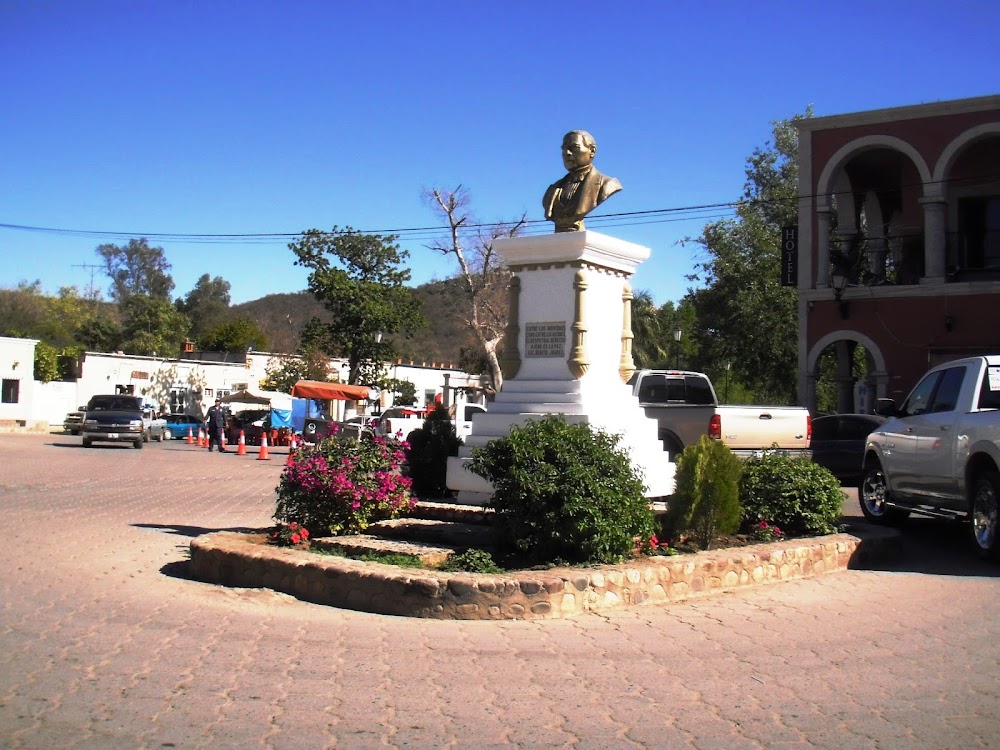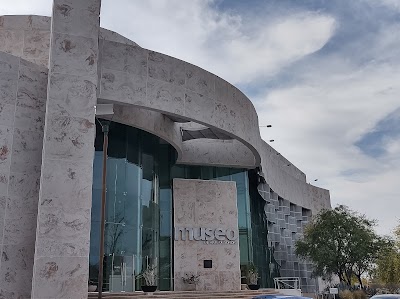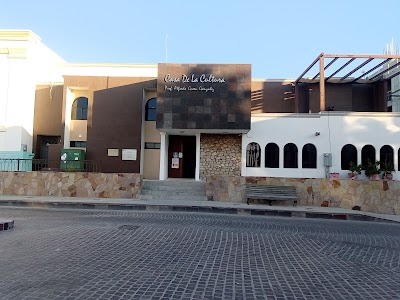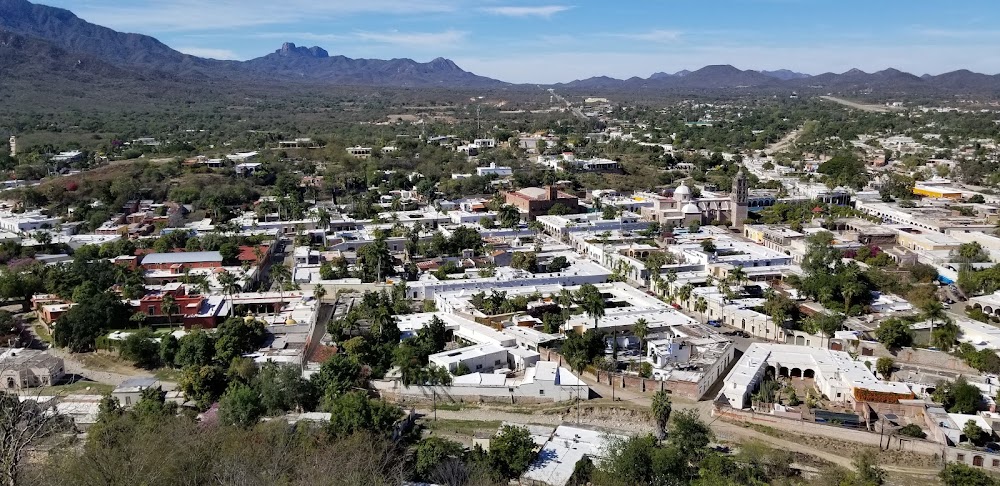La Aduana (La Aduana)
Overview
La Aduana is a captivating historic site located in Sonora, Mexico, with a rich narrative deeply intertwined with the region's vibrant mining activities. The story of La Aduana dates back to the late 19th century, a time of remarkable economic development primarily driven by gold and silver mining.
In the **1880s**, Sonora emerged as a prominent hub for mining, thanks to its rich mineral deposits. To effectively manage this burgeoning industry, the Mexican government established customs houses to regulate and tax the movement of valuable minerals. La Aduana, which translates to "The Customs," was built as one of these vital structures, playing a crucial role in the region's economic landscape.
The building itself was constructed using **local materials**, primarily adobe bricks and timber. Adobe, a mixture of earth and organic materials, was favored for its thermal properties, helping to keep interiors cool in the hot Sonoran climate. Meanwhile, timber sourced from nearby forests provided the framework and roofing, a resource more plentiful at the time.
La Aduana showcases traditional **Spanish colonial architectural principles**, featuring a rectangular layout with thick walls and small, strategically placed windows designed to protect the interior from both heat and potential intruders. Its single-story design was typical of the era, ensuring structural stability and ease of construction.
The front of La Aduana features an **arched entrance**, a striking stylistic choice that reflects the Spanish colonial influence. This grand archway led into the main hall, where customs officers diligently carried out their duties, registering the quantities of gold and silver extracted from the mines and ensuring the government received its rightful share of taxes.
Inside La Aduana, visitors will find several rooms beyond the main hall. These include storage areas for records and seized goods, as well as quarters for customs officials who often resided on-site due to the remote location. The floors were made of packed earth or simple tiles, while wooden beams supported the ceilings, creating a functional yet charming atmosphere.
As mining operations expanded, so did La Aduana's significance. The building evolved into a crucial checkpoint for ensuring that mined minerals were accurately documented and taxed before being transported elsewhere. It also served as a hub for merchant activities, where traders and buyers frequently passed through, keeping the economic pulse of the region alive.
The economic importance of La Aduana flourished until the **early 20th century**, when mining activities began to decline. Several factors contributed to this downturn, including the depletion of easily accessible mineral deposits and the political instability ushered in by the Mexican Revolution. By the **1930s**, La Aduana had largely ceased its operations as a customs house.
Despite this decline, the building’s historical significance ensured its preservation. Over the years, La Aduana has undergone intermittent restoration to maintain its structural integrity and historical appearance. It has ultimately become a heritage site that reflects Sonora's mining history and economic development.
Today, La Aduana stands as a testament to the era of rapid growth and industrialization that shaped Sonora. Visitors are invited to explore its well-preserved rooms and hallways, offering a fascinating glimpse into the past and the region's rich cultural heritage. This site serves as a poignant reminder of the industrious spirit that once drove the mining towns of Sonora, making it an essential cultural and historical landmark.


